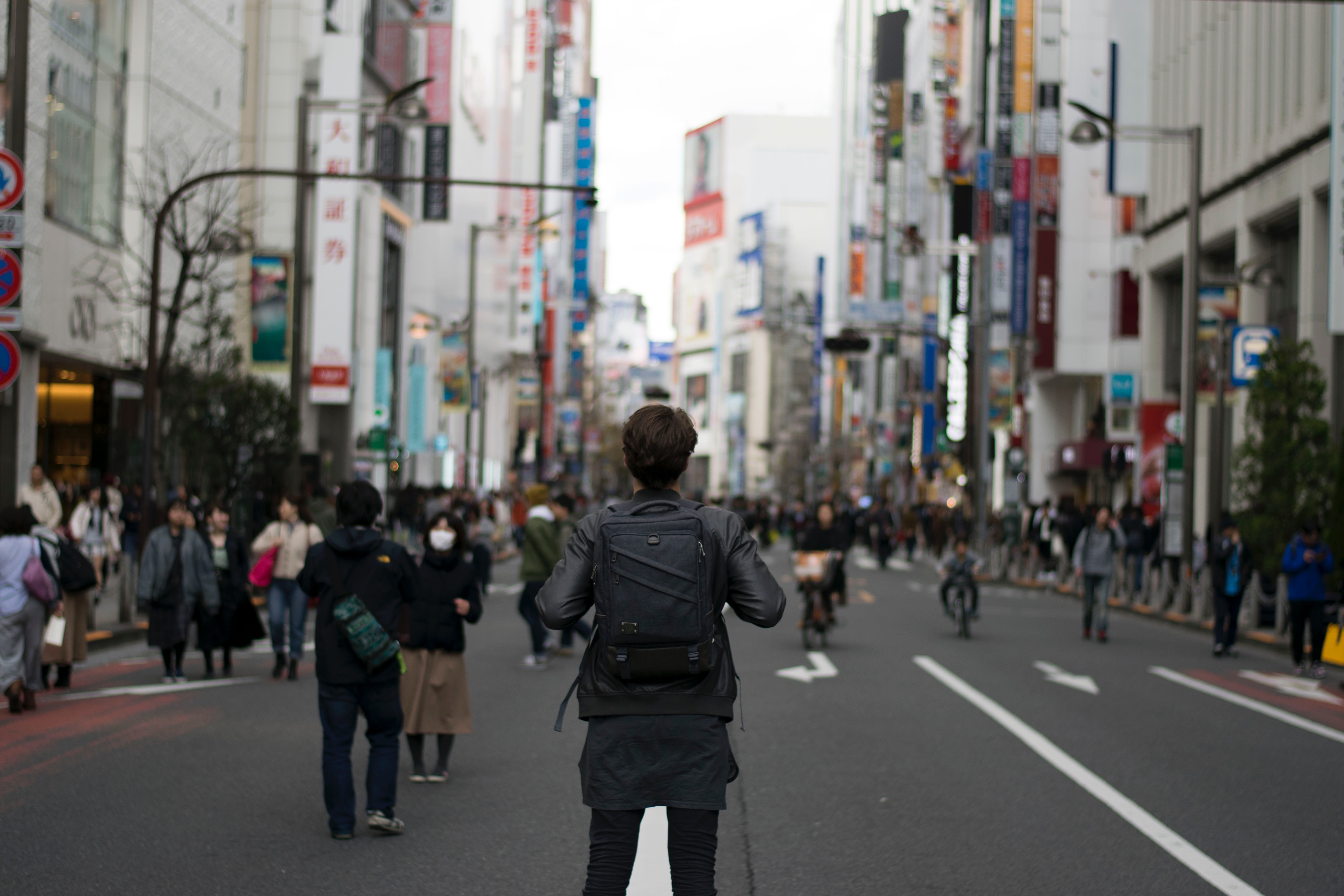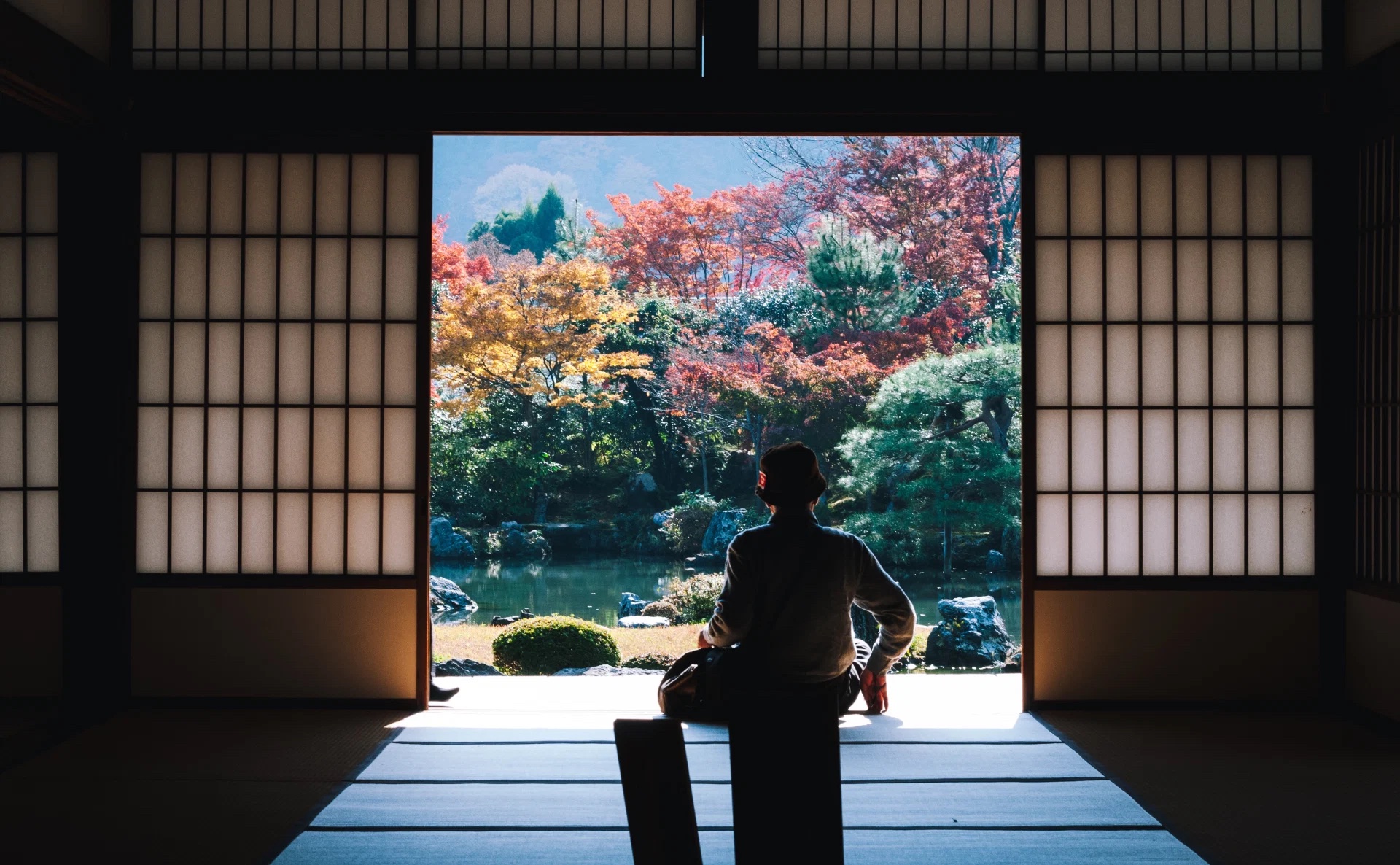Last year, in May, I started paying for a Spotify subscription, after being done with Apple Music’s service. I found out that Spotify’s had better music suggestions and that its catalog had augmented since when I chose to use Apple Music, covering now most of my favorite albums and music genres.
As I started my subscription, I had the idea to start following one of my biggest dreams—get to know different cultures and environments. I thought I could start doing that precisely with music. So I thought to randomly select a country (in a month or more) and then trying to look for what do they have in terms of artists and stuff… This would help to get more easily in touch with people of such communities.
My first choice, Japan

So I first had chosen Japan, since some colleagues of mine were always talking about such country and, honestly, I have always liked and felt intrigued by how exotic and yet so well-behaved Japan is. Below you can find the playlist (follow it on your Spotify account!):
Brazilian footprint on Japan

One thing I was first amazed by, was the Brazilian footprint music has on Japanese’s. Since I was a kid, I knew that Japan was one of the biggest consumers of traditional Portuguese songs (a music genre known as Fado—we will cover this up on another article). Moreover, I also knew that they had, indeed, a passion with Brazilian’s bossa nova genre, which gave them some well-known Brazilian artists’ concerts in Japan, even with recorded albums released (like Jaques Morelenbaum, Moreno Veloso, Gilberto Gil or João Gilberto, as shown below, published in 2004).
With these cultural mixings between Brazil and Japan (and also with the number of Brazilian people increasing in Japan—which is now of 191 thousand people over a total of 126.8 million, corresponding to 0.15% of Japan’s population [1]) we can now encounter some songs which transports themselves a bit of this culture, like in Shin Rizumu’s:
I personally find this very interesting, and I can ensure you this is not a unique case! One of the most rememberable artists (who also sings in Portuguese) is Lisa Ono, but you can find more with Naomi&Goro, Ann Sally, Miyuki Hatakeyama, and others.
Other musical environments of Japan
Regularly listening to Japanese music, I found that their music environment is quite exquisite. What I mean by this, is that the Japanese are too accustomed to a strict set of genres, but they do have a lot of varieties inside them. Even having a so tiny set of genres from rock to noise, passing by J-pop and the old traditional Gagaku (雅楽), they know how to ace this art by risking with occidental-weird compositions which after some time become exceptional to hear.
I personally love the way they grace music with such spontaneity and rigor. This is probably one of the biggest things to notice when going or watching a classical music concert performed in Japan (or by Japanese people): the respect, the vocation and their fluency in the motion of music are so easily understandable, really in an almost synesthesiastic way!
Another genre I like from Japan is their jazz melodies. As a child, I did play some Japanese games on my old PlayStation 2 (such as Gran Turismo’s), which were always accompanied of great little tunes which helped to immerse myself into the game, quickly. Those, most of them being funky, some others showed the value of jazz in Japan, which I also witnessed last year. Artists such as Ai Mougi, Clémentine, Shun Ishiwaka, Hiromi Uehara, Mononkul, and others…
Although I felt that I have learned a lot of new things about Japan, I still felt there was so much to know in terms of music in such a beautiful country. If you are reading this and feel like you can add something new to it, please share with us! Thanks for reading!
References
- Consulado-Geral do Brasil em Tóquio, accessible via http://cgtoquio.itamaraty.gov.br/pt-br/estatisticas_e_bibliografia.xml (last time accessed in March 11th, 2019).
